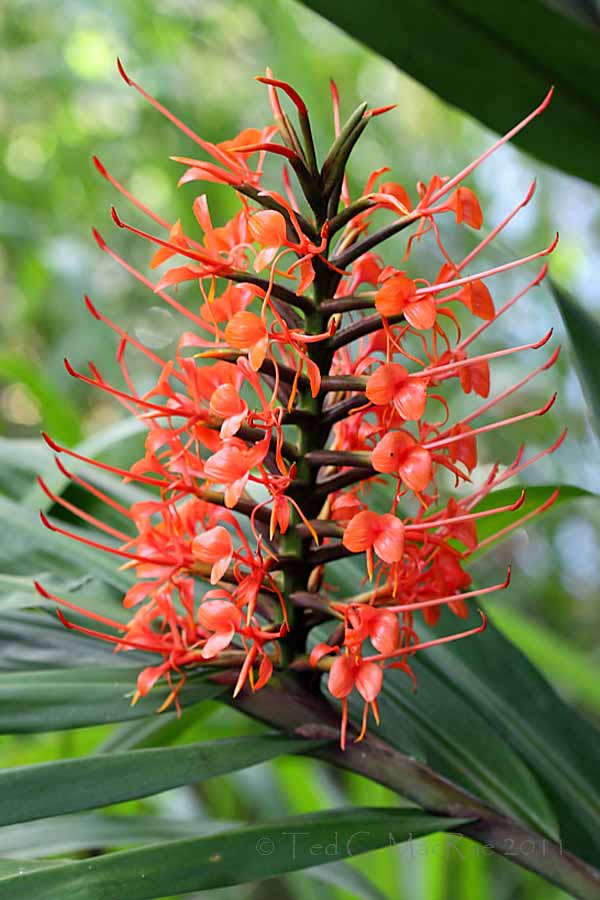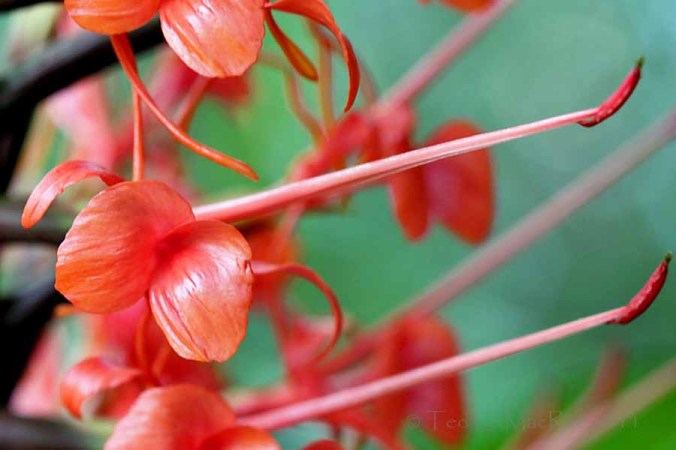 Distrito Joaquim Igidio is one of four “districts” surrounding Campinas, Brazil. It is the most remote of the four, with farmsteads dating back more than a century interspersed amongst some of the most significant tracts of Atlantic forest still remaining in the area. Many of the farmsteads have recently been converted to bars and restaurants featuring live music, making the area a popular weekend getaway for Campineros. I joined my colleague and some of his friends on a visit to one of these—Bar do Cachoeira—over the weekend during my visit this past January. After a sumputuous lunch of Brazilian cuisine (including
Distrito Joaquim Igidio is one of four “districts” surrounding Campinas, Brazil. It is the most remote of the four, with farmsteads dating back more than a century interspersed amongst some of the most significant tracts of Atlantic forest still remaining in the area. Many of the farmsteads have recently been converted to bars and restaurants featuring live music, making the area a popular weekend getaway for Campineros. I joined my colleague and some of his friends on a visit to one of these—Bar do Cachoeira—over the weekend during my visit this past January. After a sumputuous lunch of Brazilian cuisine (including tohesmo torresmo—my new favorite dish) and cerveja, I walked the grounds to look for insects to photograph. Despite only having an hour or so to look around, the two species of treehoppers I found and photographed made it a successful little venture. Coming back to rejoin my friends, I saw a few plants with these marvelously bizarre inflorescenses growing alongside a forested stream running through the grounds. I could tell they were some type of monocot, but beyond that I had no idea. Something inside me suspected, however, that this was likely not a native species—it just had that introduced, tropical ornamental look to it. My suspicions were confirmed when I showed the photos to Dr. George Yatskievych, Curator at the Missouri Botanical Garden and Director of the Flora of Missouri Project. George identified the plant as Hedychium in the Zingiberaceae (ginger family), likely one of the cultivars of Hedychium coccineum. He added:
This species is native to tropical Asia, but is commonly cultivated in warm regions of the world. A number of cultivars and hybrids involving related species are sold, so it’s hard to be sure which one you photographed. The most common cultivar seems to be cv. ‘Tara’ and that’s a possibility for your plant.
 Known by a number of common names (red gingerlilly, orange gingerlily, scarlet gingerlily, orange bottlebrush ginger, etc.), H. coccineum hails from the eastern Himalyas, where it grows along forest edges and in mountain grasslands. This herbaceous perennial can reach one to two metres in height and, in some places, has become somewhat invasive. The existence of rhizomes and bulbs can make control particularly difficult.
Known by a number of common names (red gingerlilly, orange gingerlily, scarlet gingerlily, orange bottlebrush ginger, etc.), H. coccineum hails from the eastern Himalyas, where it grows along forest edges and in mountain grasslands. This herbaceous perennial can reach one to two metres in height and, in some places, has become somewhat invasive. The existence of rhizomes and bulbs can make control particularly difficult.
An interesting feature of the plant is the long, exserted stamens and stigmas of the flowers. This feature is suggestive of an interesting pollination mechanism that relies on pollen attachment to the wings rather than the main body of its moth and butterfly pollinators. Pollen transfer is effected as the lepidopterans move from flower to flower seeking nectar, brushing their wings against the floral parts in the process and thus pollinating the flowers (Zomlefer 1994).
REFERENCE:
Zomlefer, W. B. 1994. Guide to flowering plant families. University of North Carolina Press, Chapel Hill, 430 pp.
Copyright © Ted C. MacRae 2011
Now that’s my idea of a great bar–one with lots of bugs and blooms around it! 🙂
I got a few strange looks from folks when I got out the camera pack and geared up – including from my colleague’s friends!
That would be “torresmo” (pork rinds, plus). A quirk of Portuguese phonological history is that
-rr-, initial r-, and sometimes final -r, developed into an H-like sound in some (but not all) dialects. You would als be perfectly understood if you pronounced it as a rolled R, as in Spanish, since to Brazilian these are equivalent (just as, say Z- and TH- are to a French speaker).
A mtata atlantica — legal mesmo!
Seems I can’t type in either language
– also
– Brazilians
– mata
– atlantica missing a circumflex on the second A
Kneether kan eye!
It’s funny, because I’m learning Portuguese phonetically rather than from a book – opposite from how I learned Spanish!